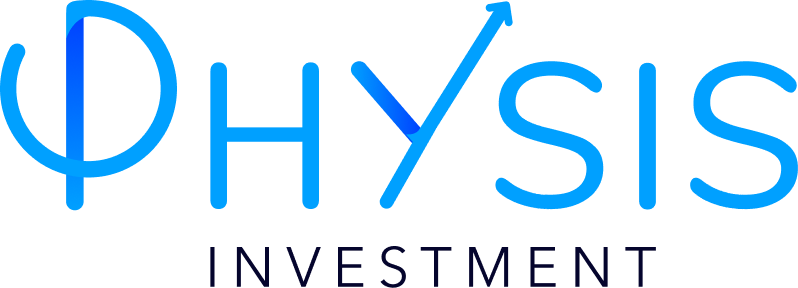
The EUROSIF’s Advanced Classifications
The European Sustainable Investment Form (EUROSIF) recently published a white paper titled ‘Classification Scheme for Sustainable Investments’ to propose a new transition-focused classification for sustainable investments. This new classification scheme will attempt to tackle the obstacles currently faced by classification methods today, as the SFDR and Taxonomy regulations are focused more on identifying the most sustainable investments rather than providing guidance to investors on how to help investees to transition. Here are the main dimensions to the new classification system:
- The new classification scheme will take into account five overall dimensions: general characteristics, pre-investment strategies, post-investment strategies, performance measurement, and documentation
- Three of objectives distinguishing the intent of the investment: adherence to specific personal norms, reduction of financial risk or improvement of financial performance, and contribution to solving real world challenges
- Pre-investment strategies include exclusions, norm-based screenings, ESG integration, best-in-class, and sustainability themed
- Post-investment strategies include engagement with investees, and voting on shares for both private and public equity
- Performance measurement refers to the measurements taken for an investment to be classified as sustainable, such as ESG risks/opportunities, company impact and more
- Documentation referring to the reports and the external verification of information on the other four dimensions specified in the classification scheme
Levels of ESG Investing
The EUROSIF defines sustainable investments different from other classifications. Rather than classifying any investment with vague notions of sustainability as ‘sustainable’, sustainable investments are instead classified based on whether there’s an ambition to contribute to a sustainable transition. The paper goes into depth about how this affects the inclusion of certain sustainable pre-investment strategies into the new classification. For example, pure exclusion-focused investments are not considered sustainable investments since there is no ambition to actively support the transition towards a more sustainable economy.
The EUROSIF defines advanced ESG, impact-aligned, and impact-generating investments as sustainable. But what defines these terms? Advanced ESG investments aim to manage ESG risks and opportunities, focusing on financially material ESG issues. These investments go hand in hand with helping a sustainable transition (though not explicitly specified) beyond the risk mitigation perspective that basic ESG investments. Impact-aligned investments address environmental and social challenges and tries to align itself with internationally accepted goals such as the UN Sustainable Development Goals (SDGs). Due to their focus on double materiality and investees that have already realized positive company impact, impact-aligned investments are considered to have a medium ambition level towards sustainable transition. Impact-generating investments actively contribute to solutions for social and/or environmental real-world challenges. These investments also consider double materiality and are considered highly ambitious in supporting the transition to a more sustainable economy.
Responsibilities of a Sustainable Investor Today
This white paper published by the EUROSIF is not meant to be an implementation tool for regulatory requirements, but rather to demonstrate how investments can accelerate the sustainable transition of the real economy. Sustainable investors can greatly impact the rate at which society undergoes a sustainable transition based on their contribution to investments with a high ambition to facilitate that transition. While current regulations, like the SFDR and EU Taxonomy, will provide the building blocks to determining which investments will encourage the sustainable transition, this paper also highlights what else sustainable investors need to do for a truly sustainable transition in society.
Physis is a fintech company that offers investors a variety of ESG offerings and data to manage, track, and understand the impacts of your investments. We make it easy for institutional investors to prove the sustainability of a company or fund beyond the ambiguous ESG score. Find out how we can help you today!
